U.S. Road Fatalities Declined in 2018

The National Highway Traffic Safety Administration announced Tuesday that American traffic deaths declined for a second year in a row in 2018. Data indicates a 2.4 percent decline in roadway fatalities last year, with bicyclists and pedestrians being the only groups to see risk moving in the wrong direction.
“This is encouraging news, but still far too many perished or were injured, and nearly all crashes are preventable, so much more work remains to be done to make America’s roads safer for everyone,” said U.S. Transportation Secretary Elaine Chao in a statement.
The DOT/NHTSA attributed improving automotive safety systems as the primary reason for the decline in deaths, though some of the metrics included in the report’s breakdown suggest other factors could be at play.
From the NHTSA:
The data, compiled by NHTSA’s Fatality Analysis Reporting System, shows that highway fatalities decreased in 2018 with 913 fewer fatalities, down to 36,560 people from 37,473 people in 2017. The fatality rate per 100 million vehicle miles traveled also decreased by 3.4 percent (from 1.17 in 2017 to 1.13 in 2018), the lowest fatality rate since 2014.
Additionally, the agency noted that fatalities among children (14 years and younger) declined 10.3 percent, alcohol-related deaths declined 3.6 percent, speeding-related fatalities dropped 5.7 percent, and motorcycle-based deaths went down by 4.7 percent. While advanced driving aids and improved safety systems may have helped, we imagine that motorbike incidents declined, to some degree, because many riders have hung up their helmets. Bike sales fell off a cliff during the Great Recession and never managed to fully recover, potentially leaving fewer motorcyclists on the street.
Child safety and DUI-related crashes are harder to attribute to something else, even partially. The U.S. birth rate has dropped a bit over the last 10 years and Americans are drinking marginally less, but we’d be hesitant to claim either contributed to the study in a big way. The NHTSA didn’t see a reason to, claiming safety improvements stemmed almost entirely from technological advancements within the industry and DOT initiatives.
“New vehicles are safer than older ones and when crashes occur, more new vehicles are equipped with advanced technologies that prevent or reduce the severity of crashes,” NHTSA Acting Administrator James Owens said. “NHTSA has spent recent years partnering with state and local governments and safety advocates to urge the public to never drive impaired or distracted, to avoid excessive speed, and to always buckle up.”
The agency is concerned with the increase in deaths for pedestrians and non-motorized cyclists, however. The agency’s Fatality Analysis Reporting System cited pedestrian fatalities as going up by 3.4 percent in 2018. Cyclists deaths rose 6.3 percent.
As a result, the group wants to incorporate new safety systems in the New Car Assessment Program (NCAP). The goal would be to encourage automakers to implement hardware that would improve things for pedestrians and bicyclists. However, the NHTSA doesn’t appear to have settled on any particulars. We only know it wants to revamp NCAP with a new emphasis on the safety of pedestrians and “other vulnerable road users.” The Federal Highway Administration will offer help in this regard, as it intends to focus on maximizing pedestrian and bicycle safety via new funding, policy guidance, program management, resource development, and new FHWA Bicycle and Pedestrian Coordinator points of contact at each of its division offices.
If you’re wondering how 2019 is shaping up, there’s no need to worry. The report stipulates that it’s looking to be an even safer year. Fatalities in the first half of 2019 declined by an estimated 3.4 percent from the same period in 2018, with 589 fewer fatalities over that period. If the second half performs as well, 2019 will be our third consecutive year of declining roadway deaths.
[Image: Photo Spirit/Shutterstock]

A staunch consumer advocate tracking industry trends and regulation. Before joining TTAC, Matt spent a decade working for marketing and research firms based in NYC. Clients included several of the world’s largest automakers, global tire brands, and aftermarket part suppliers. Dissatisfied with the corporate world and resentful of having to wear suits everyday, he pivoted to writing about cars. Since then, that man has become an ardent supporter of the right-to-repair movement, been interviewed on the auto industry by national radio broadcasts, driven more rental cars than anyone ever should, participated in amateur rallying events, and received the requisite minimum training as sanctioned by the SCCA. Handy with a wrench, Matt grew up surrounded by Detroit auto workers and managed to get a pizza delivery job before he was legally eligible. He later found himself driving box trucks through Manhattan, guaranteeing future sympathy for actual truckers. He continues to conduct research pertaining to the automotive sector as an independent contractor and has since moved back to his native Michigan, closer to where the cars are born. A contrarian, Matt claims to prefer understeer — stating that front and all-wheel drive vehicles cater best to his driving style.
More by Matt Posky
Latest Car Reviews
Read moreLatest Product Reviews
Read moreRecent Comments
- Bd2 All these inane posts (often referencing Hyundai, Kia) the past week are by "Anal" who has been using my handle, so just ignore them...
- 3-On-The-Tree I was disappointed that when I bought my 2002 Suzuki GSX1300R that the Europeans put a mandatory speed limiter on it from 197mph down to 186mph for the 2002 year U.S models.
- ToolGuy Did anyone catch that Boeing Starliner launch earlier tonight?
- Lou_BC This is less harmful to one's re-election chances than harder driver's licence exams and making people re-test.
- 28-Cars-Later Probably should investigate the buyers too, maybe a basic psych eval?





















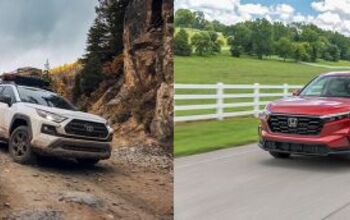
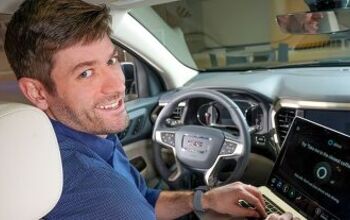
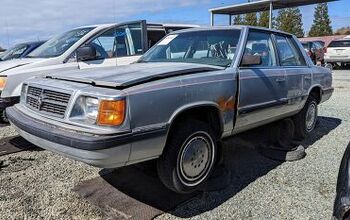
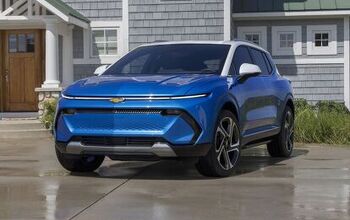
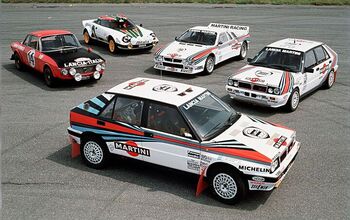
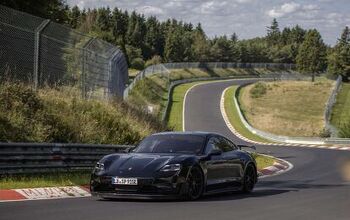


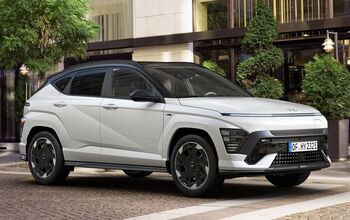
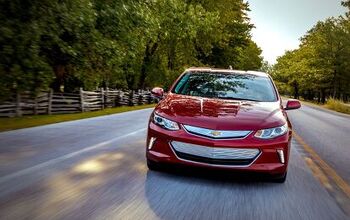
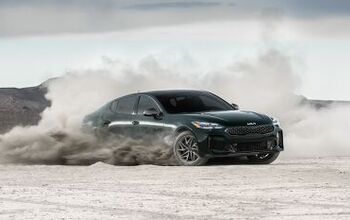
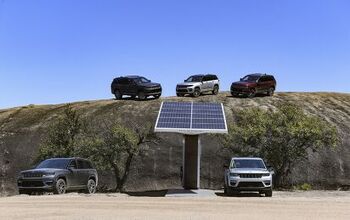
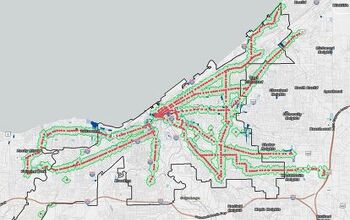
Comments
Join the conversation
Yes ~ the pedestrians who launch off the curb without looking amaze me . It's like they have a death wish . Then those god damned assholes on bicycles who wobble all over the lane, again lot caring if they're cutting in front of an overtaking vehicle plus they almost never stop at red lights and stop signs ~ you can't have it both ways ~ you're either part of the solution or you're the problem . Driving in the mountains I often come 'round a blind corner to find an idiot on a bicycle in the middle of the roadway looking surprised . They're prolly the same as THOSE DAMN KIDS ON MY LAWN ! =8-^ . -Nate
I see I'm back to being moderated again..... What's the excuse this time I wonder ? . -Nate